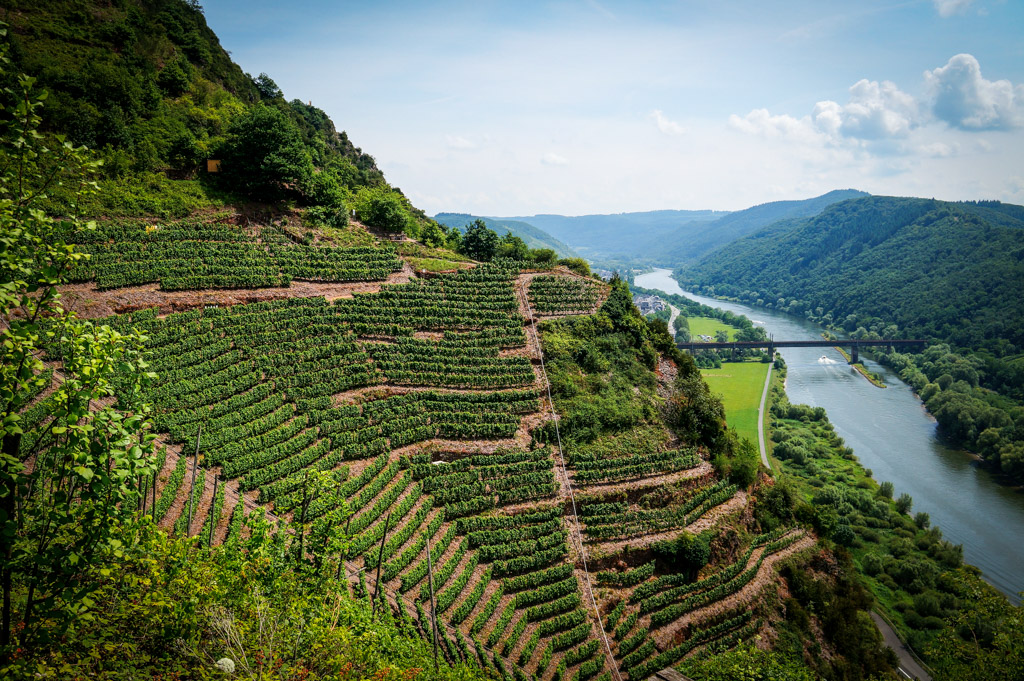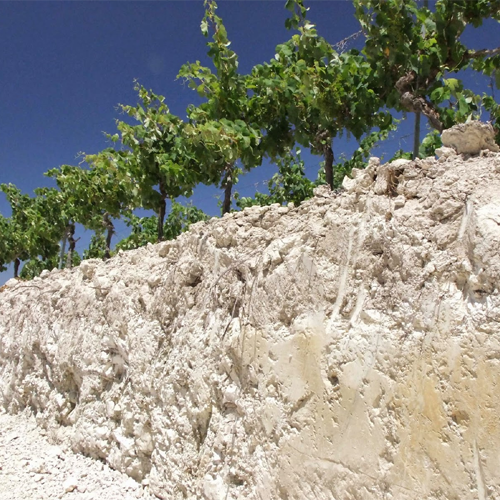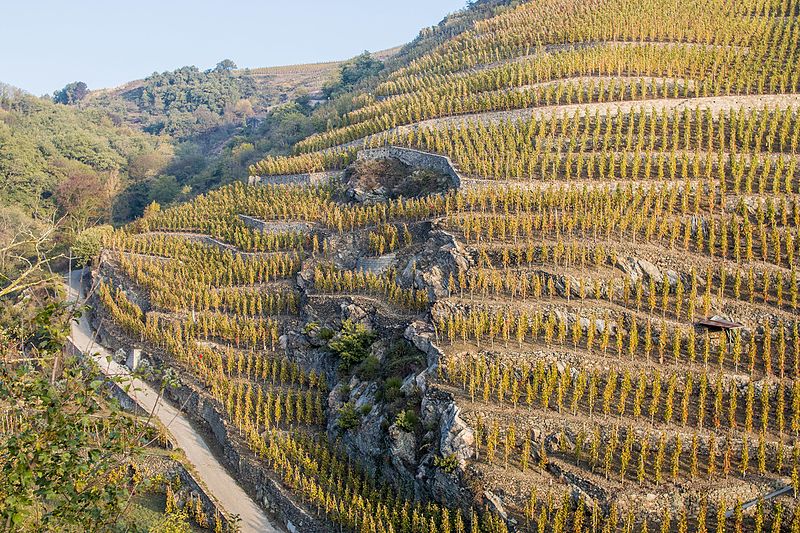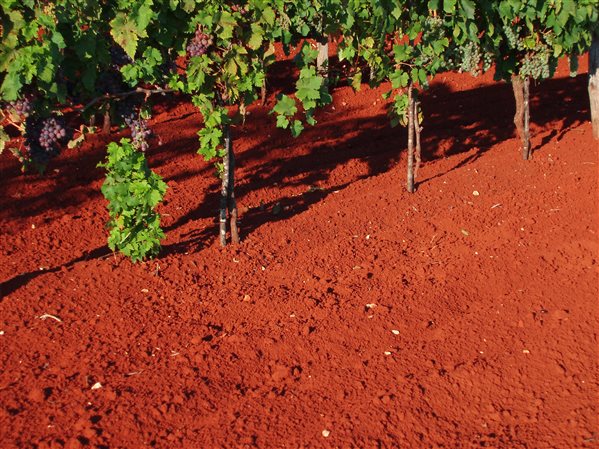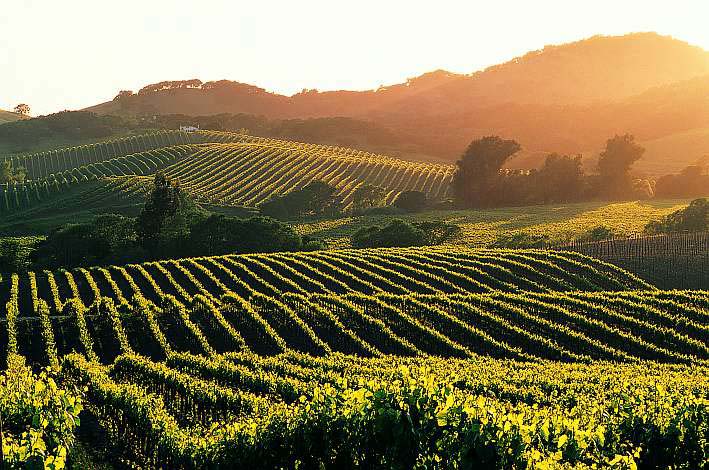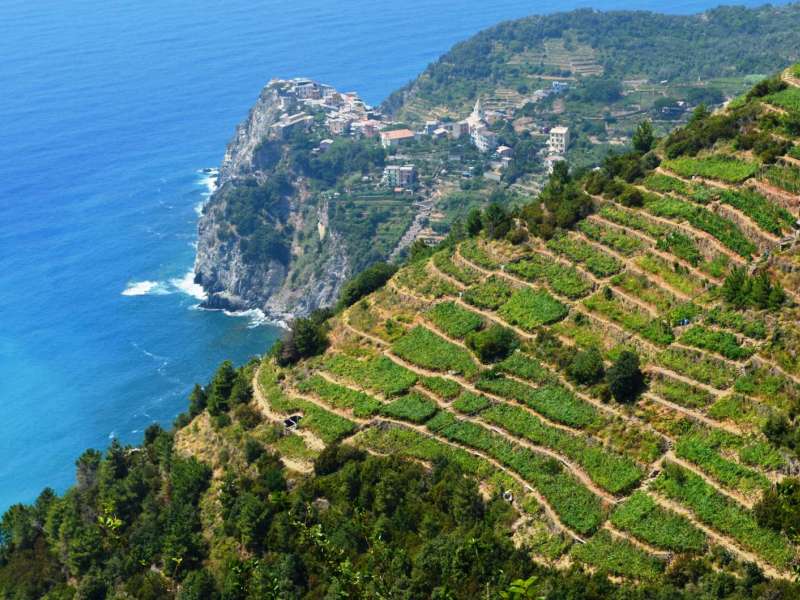“(T)erroir is not just an investigation of soil and subsoil. It is everything that contributes to the distinction of a vineyard plot. As such, it also embraces ‘microclimate’: precipitation, air and water drainage, elevation, sunlight, and temperature. But terroir holds yet another dimension: It sanctions what cannot be measured, yet still located and savored. Terroir prospects for differences. In this it is at odds with science, which demand proof by replication rather than in shining uniqueness”
Piedmont's Langhe region, a UNESCO World Heritage Site
Burgundy's Chambolle Musigny, a UNESCO World Heritage Site
A vineyard's terroir is what makes each wine unique. It determines which grape varieties will thrive there, what sorts of minerality they will pick up from the soil, the degree of ripeness the grapes will achieve, the acidity levels, and at the end, what the winemaker has for raw material. The best winemakers help the grapes to express their uniqueness, without technical intervention or heavy processing. Without terroir, the wine world is made of Yellowtail.
Clockwise from top left: near vertical vineyards in the Mosel, the white Alizar soils of Jerez, vines in volcanic ash on Santorini, terraced vineyards in the Cote-Rotie, the Grand Cru vineyards of Champagne's Cramant, Cinqueterre vineyards overlooking the Mediterranean, the rolling vines of Sonoma, and the Terre Rouge of Istria




